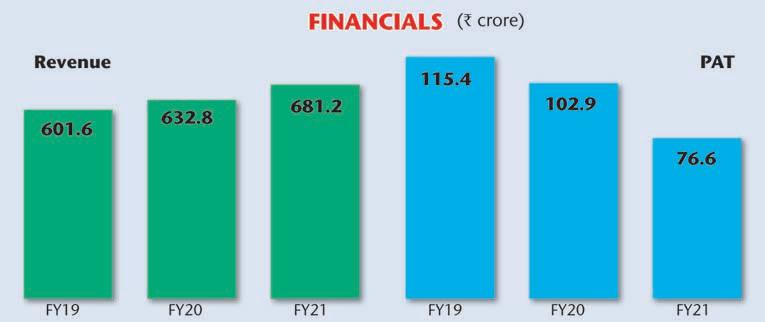In India, microfinance lending has played a role in furthering financial inclusion in India. “Microfinance lending, as a business model, has existed in India for many decades, but has shown exponential growth only over the last decade, after the introduction of a strong regulatory framework in 2010,” explains Kshama Fernandes, MD and CEO, Northern Arc Capital Limited (NACL) who oversees the overall management of the NBFC operating with a team of 220 people backed by a technology platform. “We have exposure across 600 districts of India it is very important in this nature of a business that you have feet on the street,” adds Fernandes having done a lot in the financial inclusion space in India. She has a bachelor’s degree in science from Goa University, and a master’s degree as a well as a PhD in management studies from Goa University. She has over 25 years of experience spanning across management, risk advisory and academia. Fernandes is a financial risk manager certified by the Global Association of Risk Professionals (GARP). Prior to joining the company she was a professor at the Goa Institute of Management. She has also served as the company’s chief risk officer from 2009 to 2012. NACL started operations in the financial sector in 2009. “Under this, we work with originator partners which are MFIs and companies that act as business correspondents in the microfinance sector, and provide microfinance loans to under-served individuals. Our underwriting guidelines for this sector focuses on joint liability group (JLG) format of lending, under which multiple borrowers (usually women) come together to form a group to borrow, and generally assume a joint liability to repay the instalments of other borrowers in the group, in the event of a default by any member in the group”, adds Fernandes intending to launch a dedicated microfinance business through Pragati that will disburse loans directly to microfinance borrowers. In 2011, NACL entered the MSME financing, “where India has around 63 million MSMEs out of which less than 10 per cent have access to formal sources of credit”, states CRISIL report. According to a 2018 IFC report titled ‘Financing India’s MSMEs’, the viable debt gap in the MSME sector is in excess of Rs 25 trillion which can be addressed by financial institutions in the near term. “Under this sector, we lend to under-served businesses and work with originator partners who lend to MSMEs. Our partners operating in this sector adopt varied business models including relying on digital sourcing, underwriting and disbursement and platform lenders financing MSME participants in their specialised marketplaces,” adds Fernandes looking at sectors that offer diverse opportunities to finance a range of underlying livelihoods and industries. “Our credit and risk teams form a view on these industries which serves as an input for portfolio selection for portfolio financing of originator partners, including developing retail lending partnerships,” says Fernandes. NACL’s credit to end-borrowers may be structured as short-term financing – such as other supply chain finance or long-term loans, and may be secured with security in the form of immoveable property or hypothecation of assets or equipment.
-

Fernandes: technology is where we stand to gain


































